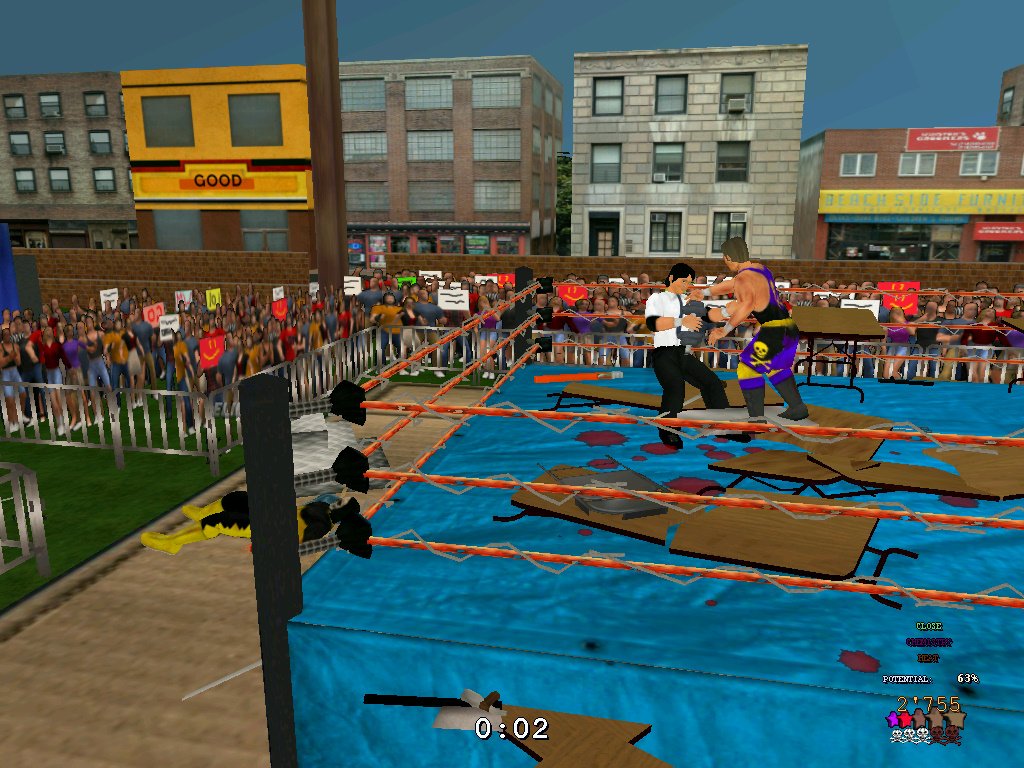

Its worldwide acceptance stems from biologically sound underlying principles and from its clinical relevance, practicality, and reproducibility in diverse international settings. The World Health Organization (WHO) classification of neoplasms of the hematopoietic and lymphoid tissues, published in 2001 and updated in 2008, represents a worldwide consensus on the diagnosis of these tumors, adopted for use by pathologists, clinicians, and basic scientists 1 ( Table 1). These new observations chart a course for future research in the field.Ĭlassifications of diseases are the language of medicine, categorizing known entities in a way that facilitates understanding between workers in the field and providing a framework for both clinical practice and the generation of new knowledge. The issue of borderline categories having overlapping features with large B-cell lymphomas, as well as several provisional entities, is reviewed. The authors address the criteria and significance of early or precursor lesions and the identification of certain lymphoid neoplasms largely associated with particular age groups, such as children and the elderly. This review summarizes the scientific rationale for the classification, emphasizing changes that have had an effect on practice guidelines. In addition, since its publication, new findings and ideas have been generated. However, some questions were unresolved, such as the extent to which specific genetic or molecular alterations define certain tumors, and the status of provisional entities, categories for which the World Health Organization working groups felt there was insufficient evidence to recognize as distinct diseases at this time. The updated classification refined the definitions of well-recognized diseases, identified new entities and variants, and incorporated emerging concepts in the understanding of lymphoid neoplasms. So instead, relive arguably Harry's most famous call.The World Health Organization classification of lymphoid neoplasms updated in 2008 represents a worldwide consensus on the diagnosis of these tumors and is based on the recognition of distinct diseases, using a multidisciplinary approach. At least some of the money is going to a good cause, as the Kalas family is donating a portion of the proceeds to the Philadelphia Chapter of the ALS Association, an organization that Harry was a big supporter of. The current highest bid is about $27,000, while the next minimum bid is just over $30,000.

The ring is beautiful, and quite a collector's item for the diehard fan.
WRESTLING MPIRE 2008 REAL WORLD MOD PROFESSIONAL
Kalas wasn't in the booth for the team's 1980 championship win due to broadcasting rules, but was able to call the final out on the radio when the Phillies beat the Tampa Bay Rays for the city's first professional title since 1983. That ring is now up for auction at Hunt Auctions.
WRESTLING MPIRE 2008 REAL WORLD MOD SERIES
Legendary Phillies broadcaster Harry Kalas, who passed away in 2009, received a world series ring for the Phillies' 2008 world championship victory. However, if you've got the cash, you can now at least have one. Face it: You're probably never going to earn a championship ring in professional sports.


 0 kommentar(er)
0 kommentar(er)
